Historical Marker # 1166 “Hemp in Scott County”
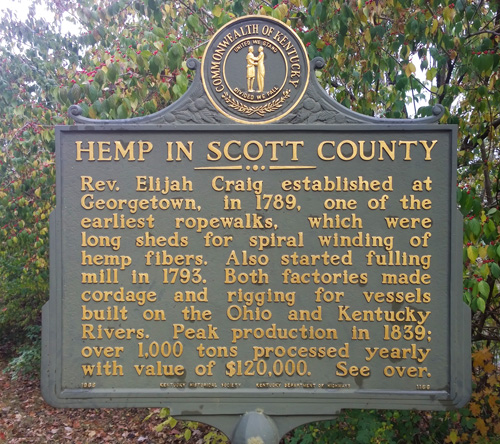
Location:
North Lawn of Cardome Centre, US 25 Georgetown, KY
Marker Text:
“Rev. Elijah Craig established at Georgetown, in 1789, one of the earliest ropewalks, which were long sheds for spiral winding of hemp fibers. Also started fulling mill in 1793. Both factories made cordage and rigging for vessels built on the Ohio and Kentucky Rivers. Peak production in 1839; over 1,000 tons processed yearly with a value of $120,000.”
Scott County’s Hempstory:
In the Beginning, the Reverend Elijah Craig:
The story of Scott County hemp begins in Georgetown with the Rev. Elijah Craig (1738/43-1808). Craig, a Baptist preacher in Virginia, was imprisoned in 1768 for preaching without a having license issued by the Anglican Church. Baptist and other independent congregations were considered threatening to the dominant social order. Craig’s resulting passion for religious freedom steered him into politics. In the 1770’s Craig served as a legislative liaison where he subsequently worked with James Madison and Patrick Henry.
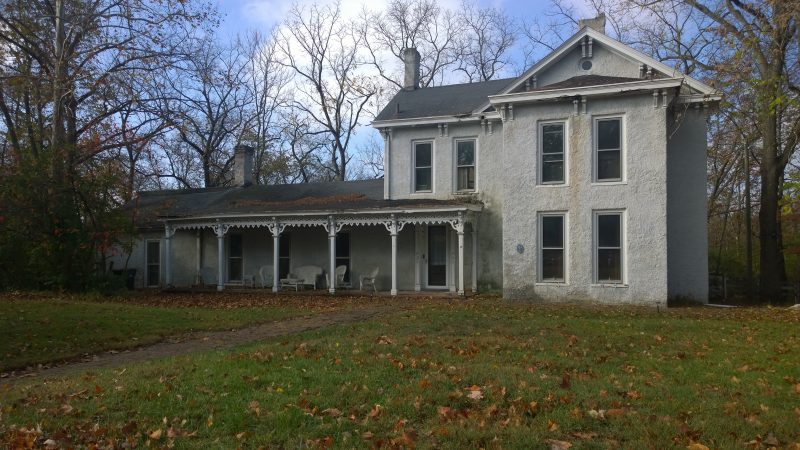
Rev. Elijah Craig Home N. Broadway
Craig, his family and a collection of believers migrated to Kentucky around 1782. Eventually selecting a prime spot in Central Kentucky, Craig began building the community he originally named Lebanon in 1784. Later, in 1790, Craig petitioned the Virginia legislature to rename the community Georgetown, in honor of George Washington.
Georgetown is the result of Craig’s vision. And, he is incredibly industrious. Craig established the first classical school in Kentucky in 1787. He later started the Rittenhouse Academy. Georgetown College, the first Baptist College west of the Allegheny Mountains was established on land donated by Craig. In 1789 Craig established a distillery. He later stakes a claim in pioneering the development of Bourbon whiskey.
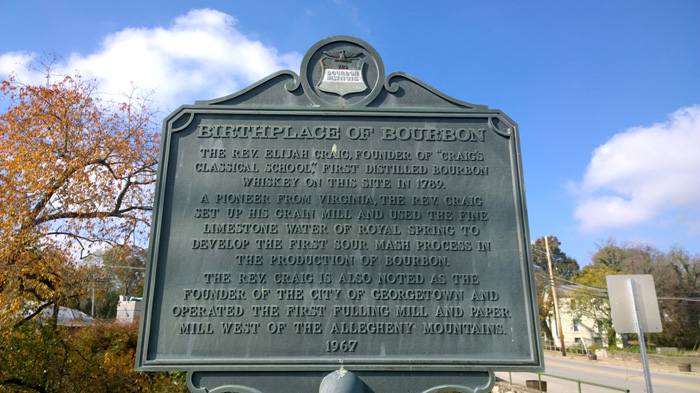
Craig operates one of the first rope walks in the region in 1789 and by 1793 had started a fulling mill. Both businesses supplied cordage and rigging to area boat yards. In 1798 Craig opened a second rope walk in Frankfort on the Kentucky River.
Royal Springs Park in historic downtown Georgetown commemorates Rev. Craig’s early business success. Craig’s industrial interests also included paper, lumber and grist mills.
Ward Hall: The Fruit of Hemp’s Bounty
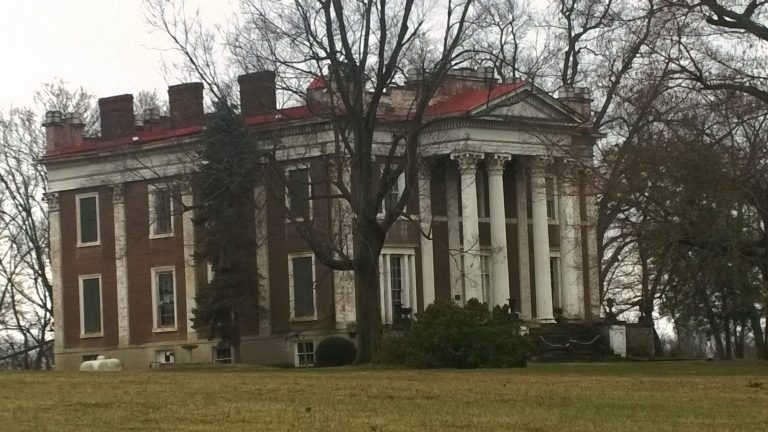
Ward Hall, Georgetown, KY
The Ward Hall state historical site at 1782 Frankfort Rd. was the vacation home of Junius R. Ward (1802-1883) and his wife, Matilda. The Ward Family amassed a fortune engaging in various industries, including hemp and cotton prior to the Civil War. Most of the Ward’s family wealth was generated on his plantation in Mississippi. But Ward, a native Kentuckian, had Ward Hall built to escape the Summer heat. The mansion is in the Greek revival style and open to the public for tours.
Hemp After the Civil War
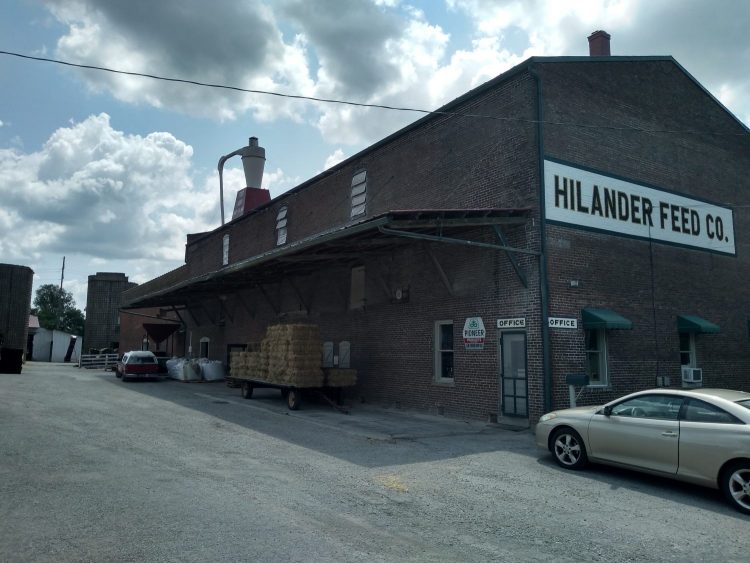
Hilander Feed Co. 618 Military St. Georgetown
While many parts of Kentucky saw contraction in the hemp industry after the Civil War, Georgetown benefited from investment. Built at a cost of $100,000 the Bluegrass Cordage Company opened in 1889. Featuring equipment imported from Scotland, the company focused on the production of rope and binder twine. The factory even had its own power plant and fire department. While the property was sold in 1923, and converted into a feed mill its hemp story did not end. During WWII the feed mill participated in Hemp for Victory, serving as a hemp seed distribution center for the Commodity Credit Corporation. Today the building houses the agricultural supply and feed store Hilander Feeds. The store has a wonderfully eclectic collection of historical artifacts throughout. It is worth checking out, even if you don’t need any feed.
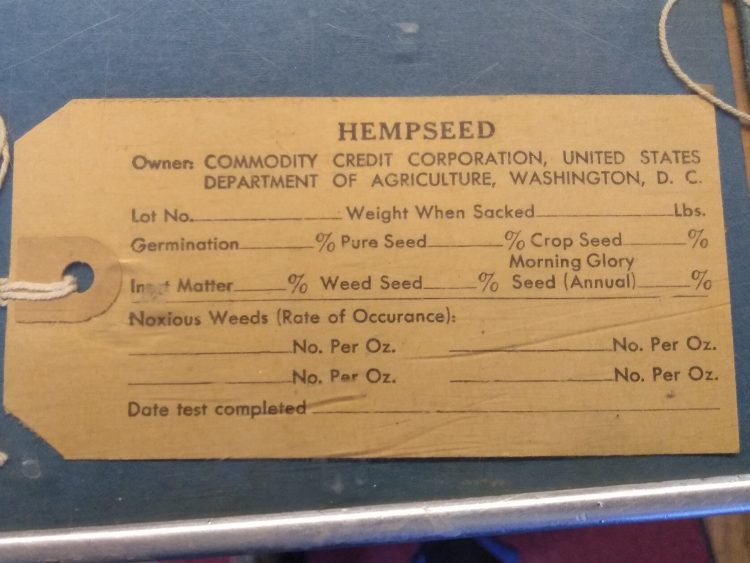
“Hemp for Victory” Hempseed Tag on Display at Hilander Feed
Other Points of Interests:
Start your visit at the Georgetown Scott County Museum. Make sure you pick up a copy of the Georgetown, Kentucky Walking Tour, “Walk Through Time”. This tour guides you down Main Street past the historic homes of several people who prospered in the hemp industry. For example, 618 E. Main St, built by hemp merchant Willa V. Rankin, features “rope motif” accents. This window accent indicates connection to the hemp industry.
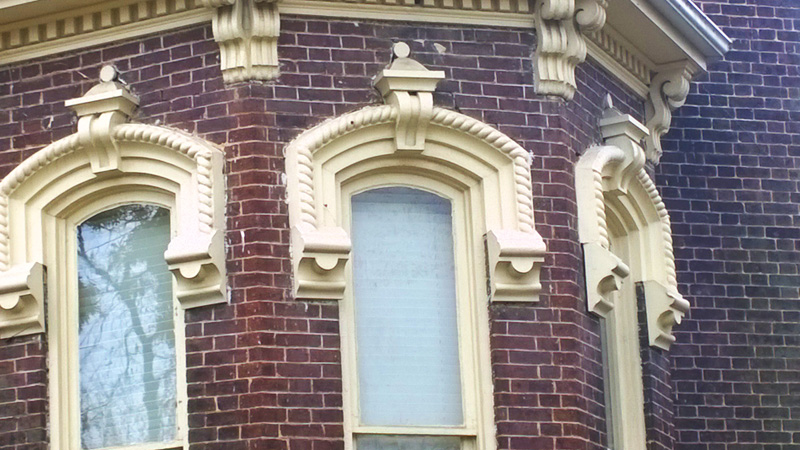
Rope Motif Molding
